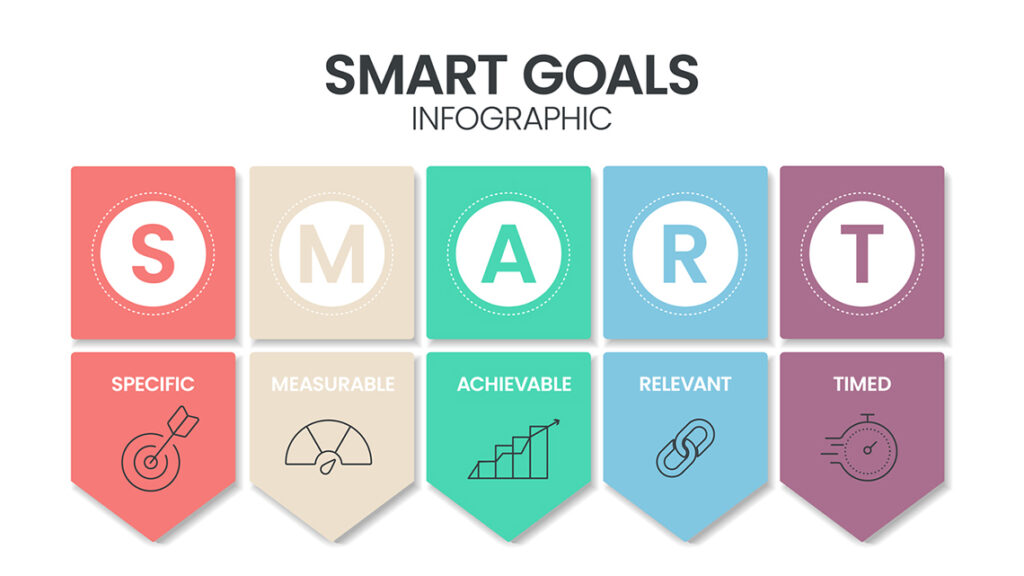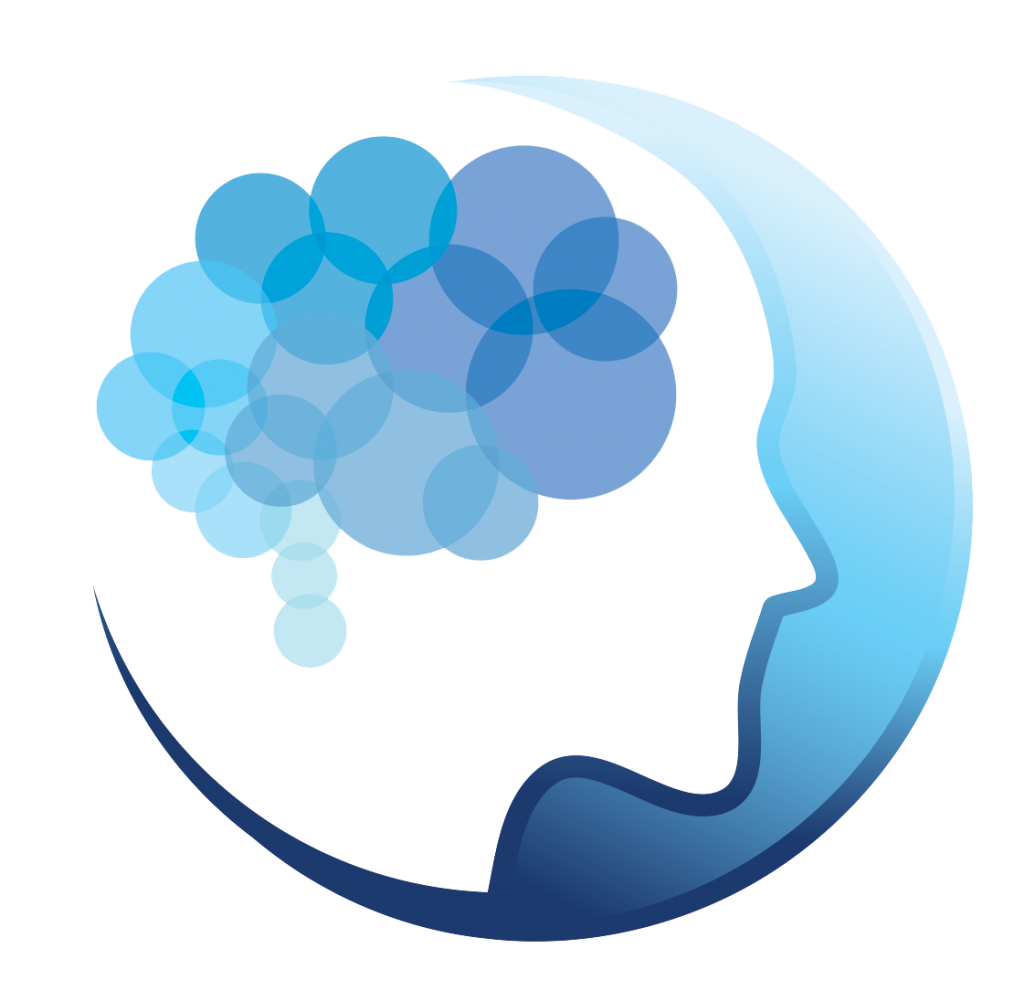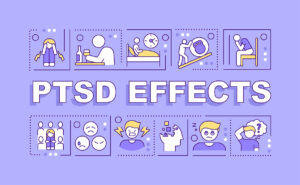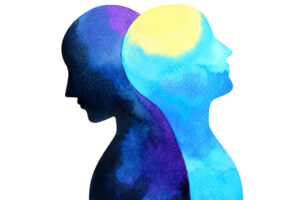Related Resources
For Overcoming Resistance
A Guided Meditation for Moving Into Relationship With Resistance to Change, Part 1
Dr. Kate Truitt begins by explaining that this is part one of a two part series to navigate through resistance to change successfully. We welcome in havening touch to embrace the benefits of neuroplasticity and deepen our experience in this meditation. It includes palm havening, the havening hug, and face havening, which can downregulate the brain out of stress.
We then notice if there is an experience in our life where resistance is present. This is an inherent part of being human. Once we find this experience, we invite it to the center of our awareness. It may show up as a real roadblock, or it can have a tangible body experience. Resistance shows up in many ways, and it will be unique to each of us. As we notice what resistance is to us, we take a moment to thank our mind, body, and self for moving into relationship with this roadblock.
We continue to move more intentionally into this experience of resistance, wondering what if this experience had a color? What would it smell like? Feel like? Get curious. Where does it live in our mind and body?
When our mind and body create the space to move into relationship with an experience as opposed to combating it, this is a gift. Our mind and body fight to care for us, and this is at the heart of resistance.
A Guided Meditation for Moving Into Relationship With Resistance to Change Part 2
In this guided meditation, Dr. Kate Truitt helps us move into a relationship with our unique experience of resistance. Resistance to change is a part of life, and can often be shaped by our past experiences. We begin by welcoming in palm havening, the havening hug, and face havening. This will deepen our neurochemical experience in this meditation.
Dr. Kate invites us to notice an experience of resistance we are currently struggling with. It can be resistance to change, feeling stuck, or shame. As we move into a relationship with this experience, we bring it to the front and center of our awareness and give it loving attention. Leaning in with curiosity can help to soften resistance. How is our mind and body keeping us safe?
We then imagine that the experience of resistance is set on the table in front of us, a safe distance away from us so that we can lean in and notice, what color does it have? Does it have a temperature? A shape? Is it smooth or rough? What does our resistance feel and look like?
Where did this experience come from? We look back over the course of our life, noticing if this experience has been a part of us before. How long has this experience been a part of our world? Resistance is a way that our brain strives to keep us safe.
Our brain is always fighting for us and loving us, even when it doesn’t feel that way.
Overcoming Resistance to Change: A Plan for Thriving
By Dr. Kate Truitt
In this blog I often present the opportunities for healing and personal empowerment inherent in your brain because of neuroplasticity—the ability of your brain to build new neural connections toward the thriving life you want to live. But taking advantage of those opportunities requires change, and change is a scary thing, especially for the deeper, survival-focused regions of your brain.
Understanding Resistance to Change

Resistance to change is a normal part of the human condition. It is a well-understood fact that as humans, we tend to like things to stay the same. We like what we know, and we like to know what we know. We don’t like a lot of change, especially when it comes unexpectedly.
That is putting it mildly.
Your brain is actually quite terrible at uncertainty. Being wary, or even terrified, of the unknown is neuro-biologically entwined throughout your mind/body system. Remember that your brain is hardwired to keep you alive. Your brain and especially our little friend, Amy the amygdala, is highly reluctant to encourage openness toward any novel situation that presents itself.
In many respects, that’s what inviting change is. It’s opening up by choice to the novelty of something unexpected that has an unknown outcome. Fundamentally, Amy has one primary directive—to ensure that you keep breathing, and she will go to the ends of the Earth to make sure that happens. The difficult part, of course, is that your brain is developing and designing itself across the course of your life. That means you’re learning as an infant, toddler, and child to develop your sense of the world through what I call Amy’s three core values:
How am I safe?
How am I lovable? (This may also be expressed as “How can I belong?”)
How can I be successful? (Success can be many things, from being a billionaire to simply providing yourself with adequate food, clothing, and shelter.)
As you develop through childhood and adolescence your brain sorts through Amy’s three core values, developing behaviors and responses that address those values:
I can stay safe by___________________.
I can be lovable if __________________.
I can be successful if________________.
The answers in these blanks describe patterns that develop and become linked into the way your brain is filtering information and making sense of the world around you. And they follow you all the way up to adulthood. If those old patterns keep you alive going into adulthood they can start to feel almost like concrete, inflexible ways that our brain is experiencing the world.
Pursuing Self-Care and Wellness in the Face of Resistance

One place we often see resistance is when people are embarking on a plan of self-care and physical/mental wellness. This is despite the many benefits of embarking on such a journey, including:
- Boosting productivity and enhancing cognitive function. Prioritizing activities such as getting enough sleep, taking breaks, and engaging in relaxation techniques can improve your focus, creativity, and problem-solving abilities.
- Higher self-esteem and self-confidence. Research shows that by nurturing your own well-being, you develop a positive self-image and a greater sense of self-worth, allowing you to face challenges with resilience and embrace opportunities for growth.
Making an intentional shift toward physical and mental wellness and creating a plan for self-care requires change, and that means accepting that change will be part of your plan. It means dropping some (or all) of those old patterns of the past. When you look at the journey for your mental/physical health recovery, it stands to reason that your brain might push back against change.
It is important that I wrote, “your brain” rather than “yourself” or “you” may push back against the change. Again, your brain learns to survive. It develops deeply rooted neural pathways for how to experience and behave in the world around you in order to have the best possible outcome given its number one directive—to make sure you don’t die.
When you grow up to be an adult, especially when you have survived difficult experiences in childhood, those mental pathways from the past will show up in the way you behave or respond in the present day, even though those responses and behaviors that served you well in the past may not be in the best service of the life you’re trying to live now. That being said, these old coping skills are deeply grooved into our brain as the way we exist in the world.
When we approach our brain with something new, those ways of being, those patterns, will win and create resistance, roadblocks, barriers, and even an internalized churning, and sometimes even shaming, that gets in our way of being able to lean in and try something new. Our brain is quite counterintuitive in this way, and can create a great deal of disruption when we’re trying to make healthy change in our lives. This might result from picking up the phone to start therapy. Maybe it comes from trying to get up a little earlier and perhaps do some stretching, or even just taking a walk midday to clear your head and help you move forward.
Pushing back against the unknown, avoiding new experiments, or getting fatigued when you are not seeing the outcomes that you want—all of those things represent resistance. And when you acknowledge that and lean into it, you create the opportunities for healing and personal empowerment at a whole new level.
When you don’t expect resistance, when you expect the easy button, you get our brain into trouble. You have to be ever mindful that your brain is hardwired and designed to keep you alive. That’s a good thing; you need to embrace and even high-five, your brain’s ongoing ability and attempts to ensure that we keep waking up each day.
At the same time, you need to literally train your brain to be open to new things that will help you thrive going forward.
Getting Resistance Out of the Way With SMART Goals

There is a wonderful tool I use called SMART goals, and it’s my favorite way to break through resistance. And of course, you can find the entire program in my book: “Healing in Your Hands: Self-Havening Practices to Harness Neuroplasticity, Heal Traumatic Stress, and Build Resilience.” The opportunity is to create a SMART goal—a goal that your brain is aligned with—and then digging into what the roadblocks are to those goals, and how can you create actionable ways around them.
When you are setting goals, don’t be hard on yourself. Set goals that you can actually achieve. SMART goals are those that are Specific, Measurable, Achievable, Realistic and Timely. This widely used acronym is detailed below in terms of setting goals:
Specific—When setting a goal, use clear, descriptive words. Words such as “good” or “successful” are not specific. The more descriptive you are with your goal the clearer it will be to you that you are accomplishing your goal.
Measurable—A goal is measurable when you can tell that you have met it. Ask yourself, how will I know when I have completed this goal?
Achievable—Are you capable of reaching this goal, even though it may be difficult? Check to make sure that this goal is not dependent on anyone else.
Realistic—Is this goal reasonable for you at this time? Are your expectations possibly too high? Is your goal challenging enough for you?
Timely—Do you have a deadline for when you will have reached this goal? A timeframe will be helpful in reminding you to work on your goal.
Breaking Free of the Past to Heal the Future
If you are lying to yourself by giving yourself affirmations (I can stay safe by… I can be lovable if… I can be successful if…) that worked in the past but don’t fit where you are in your journey, or pushing yourself to do things that really feel far outside of our comfort zone, or that cause your brain push back and say, “I just don’t want to do it,” you’re putting roadblocks in front of yourself. That is when you need to step back and reassess your plan.
Remember that 90% of the past showing up and creating a sense of how our brain interprets the present moment. So the opportunity in this, of course, is that we hold the power of healing in our hands. Our brains are neuroplastic, so just because we’ve learned patterns back in our past that are impacting us in the here and now doesn’t mean that our brain is not capable of learning new ways. I’ll never forget the first time my grandmother sent me a text message. I remember thinking, “This is neuroplasticity at work” Growing up in the 1930s you know they didn’t have texting, but there she was, all those years later, an old dog learning new tricks.
So through the power of neuroplasticity you can teach your brain a new way forward, and that requires slow, measurable, loving consideration. It also means leaning into the roadblocks and recognizing them for what they are: a way your brain is fighting to keep you safe and is using the past to make sense of the changes that you’re trying to make in the present moment. By honoring the fact that this resistance is our brain loving us, high-fiving Amy for her core values, and recognizing that the past is now in the present, you can create a sense of curiosity and cultivate a new inner drive to get to know yourself better.
How did your brain develop into the entity that it is today? And how is that showing up in the behavioral choices that you’re making or that you’re struggling to make based on what you learned in your past?
I invite you to get curious, imagine that resistance is a part of your brain working diligently to keep you safe and to love you desperately and passionately. And when we view it from that framework there is an opportunity to learn how your past is creating some unique roadblocks in this moment. From there you can lean into and explore ways to come through successfully.
If you are finding that your brain is resisting change toward creating new goals, try my two-part video guided meditation in the sidebar of this article.
To learn more about self-care and how to stop putting off your self-care and wellness goals, consider joining IGNITE: A Wellness Bootcamp, our exclusive, live online 6-week group coaching program designed to empower you to break free from the chains of self-care obstacles.
Our emotional and physical health and well-being are undeniably entwined and intricately connected. Anything—not just trauma—that impacts our body will impact our mind and vice-versa.
The good news is that we have the power of self-healing in our hands with the mindful touch of The Havening Techniques.
If you are interested in building your own personalized self-healing journey, check out my book titled, “Healing in Your Hands: Self-Havening Practices to Harness Neuroplasticity, Heal Traumatic Stress, and Build Resilience,” released in December and available on Amazon.

































